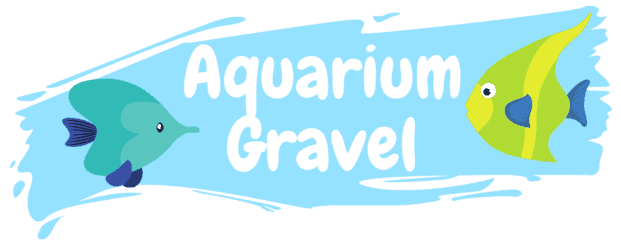Last Updated on January 29, 2021 by cmoarz
Brown hair algae (diatoms) aren’t actually algae. They are tiny organisms with hard shell-like exoskeletons. These will often pop up in new aquariums, or aquariums where additional new decorations or rocks have been added to the tank.
These organisms are completely normal to have in a tank, but they will still pose many problems. They tend to take over everything, and will even cover over your coral which could end badly and even kill it off. Most importantly, It’s ugly. It’s so very ugly. It just covers everything!
Brown hair algae is causes by a large variety of different triggers.
Lighting
Table of Contents
The light you use in your tank is a major factor in contributing to the growth of diatoms. If you are using a normal bulb and not a marine-specific bulb, You definitely need to change over to something more suitable.
Another issue that can cause this growth is having your lights on for too long. You should have your lights on a simple timer which will prevent them from being on too long causing extraordinary growth of diatoms.
Light intensity could also be a factor in its rapid growth, and you should consider lowering the output of the bulb (IE Getting a lower output bulb) for the aquarium. A light that is too bright is one of the main culprits of this massive growth.
So overall, make sure your lighting is not too bright, is cycling days properly and not being on for too long, and that you are using the correct type of bulb for the aquarium setup you have.
Too many nutrients
Even though diatoms aren’t technically algae, They do grow from excess nutrients and nitrates in the water just like most other algae. So lowering the amount of waste, organic compounds, and food in your aquarium will go a long way in preventing the rapid growth of diatoms.
Diatoms are also made of silicate, at least their cell wall is. Because of this they absolutely adore silicate in the water. If your water has a silicate level of above 0.5ppm you may end up just feeding and making your brown hair worse.
This isn’t always an easy problem to deal with. High silicate water can end up being a regional issue. For example, In Belgium, City water is often so high in silicates (between 10 and 15ppm) that it’s utterly horrible to use in your tank without a lot of extra work.
So finding clean low silicate water to slowly start doing water replacements with will go a long way in fighting off this algae growth.
Another source of excess silica is from using the wrong types of sand in your aquarium as well as adding live rocks that can leech out silica. These are all things to be avoided in order to help prevent the build-up of silicates which coupled with nitrates, feed brown hair algae.
How to get rid of brown hair algae in saltwater tank
The first step to stopping diatoms in your saltwater tank is to take preventative measures in the first place. Including all of the above already mentioned, it’s important that the saltwater your putting in your tank isn’t high in silicates. That’s the most important thing when preventing brown hair algae diatoms growth.
To remove: Assuming you’ve now taken all the preventative precautions, now it;’s time to deal with the actual problem at hand. Between low silicate water changes and lighting fixes, You should start adding or growing sponges in your aquarium.
Sponges require large amounts of silicate to grow, Far larger amounts than the diatoms. They will easily compete and win against brown hair algae and end up removing most of the silicates from the water.
This in turn will cause the brown hair algae to die off as it will no longer be able to get one of its base nutrition (silicate) that it uses to survive, grow and flourish.
If you’re still dealing with relatively high amounts of phosphates and nitrates in your saltwater tank, you can use a chemical product called nopox. Simply follow the instructions on the box.
That will reduce the amounts of phosphates and nitrates by a large amount and also help starve the brown hair.
Diatom eating cleanup crew
Adding a cleanup crew to your tank is also one of the best options apart from preventative measures outlined in the above article. We recommend trochus snails and Astraea snails (aka turbo snails).
These guy’s absolutely love eating brown hair algae and will make quick work of any leftover. They will be able to prevent larger outbreaks because they end up eating it all before it has a chance to get a hold of the tank.
They also eat a variety of other alga’s so definitely worth having this cleanup crew in your tank.
At the end of the day, these guys need to exist in your tank. they are a healthy part of your natural ecosystem, and the only reason they’ve grown out of control is that they’ve got it too good.
Overfeeding, high silicate, nitrates, and phosphorus are all reasons these guys will explode in growth and outpace everything else in the tank. So the most important thing is to have a solid clean up crew and grazer fish in order to keep the algae in check. While you likely won’t be able to get rid of it completely, that should not be your goal anyway. It’s a healthy part of the ecosystem!
About
Owner of AquariumGravel.com and also owner of actual Aquarium Gravel believe it or not! ;). Setting up beautiful aquarium sceneries and habitats since I was very young. Enjoy!
- Web |
- More Posts(290)

